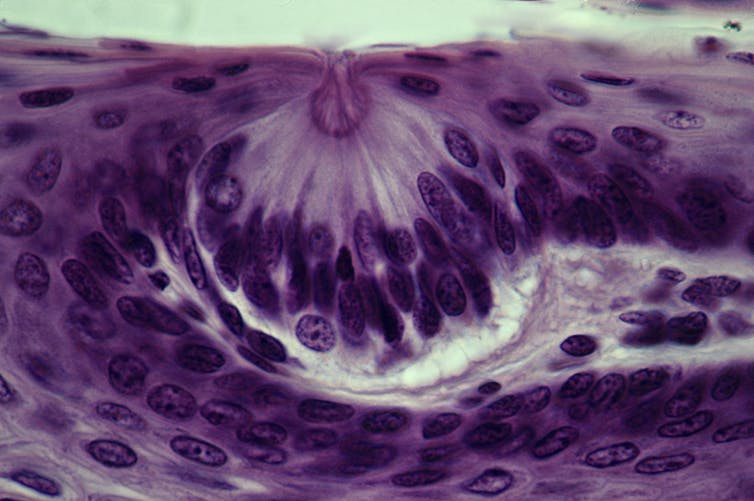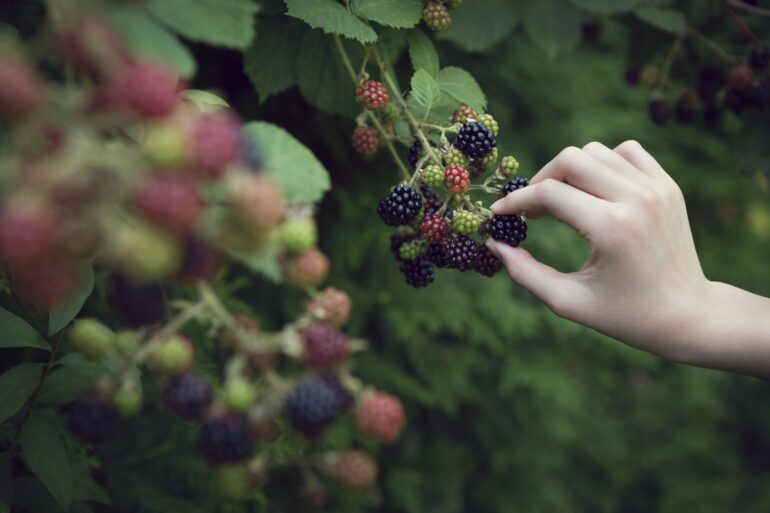The sweetness of sugar is one of life’s great pleasures. People’s love for sweet is so visceral, food companies lure consumers to their products by adding sugar to almost everything they make: yogurt, ketchup, fruit snacks, breakfast cereals and even supposed health foods like granola bars.
Schoolchildren learn as early as kindergarten that sweet treats belong in the smallest tip of the food pyramid, and adults learn from the media about sugar’s role in unwanted weight gain. It’s hard to imagine a greater disconnect between a powerful attraction to something and a rational disdain for it. How did people end up in this predicament?
I’m an anthropologist who studies the evolution of taste perception. I believe insights into our species’ evolutionary history can provide important clues about why it’s so hard to say no to sweet.
Sweet taste detection
A fundamental challenge for our ancient ancestors was getting enough to eat.
The basic activities of day-to-day life, such as raising the young, finding shelter and securing enough food, all required energy in the form of calories. Individuals more proficient at garnering calories tended to be more successful at all these tasks. They survived longer and had more surviving children – they had greater fitness, in evolutionary terms.
One contributor to success was how good they were at foraging. Being able to detect sweet things – sugars – could give someone a big leg up.
In nature, sweetness signals the presence of sugars, an excellent source of calories. So foragers able to perceive sweetness could detect whether sugar was present in potential foods, especially plants, and how much.
This ability allowed them to assess calorie content with a quick taste before investing a lot of effort in gathering, processing and eating the items. Detecting sweetness helped early humans gather plenty of calories with less effort. Rather than browsing randomly, they could target their efforts, improving their evolutionary success.
Sweet taste genes
Evidence of sugar detection’s vital importance can be found at the most fundamental level of biology, the gene. Your ability to perceive sweetness isn’t incidental; it is etched in your body’s genetic blueprints. Here’s how this sense works.

Microscopic cross section of the tongue’s surface. Taste buds are clusters of cells embedded beneath the tongue’s surface, facing into the mouth through a small pore (top). Here, the taste bud is the round cluster of cells at center.
Ed Reschke/Stone via Getty Images
Sweet perception begins in taste buds, clusters of cells nestled barely beneath the surface of the tongue. They’re exposed to the inside of the mouth via small openings called taste pores.
Different subtypes of cells within taste buds are each responsive to a particular taste quality: sour, salty, savory, bitter or sweet. The subtypes produce receptor proteins corresponding to their…
